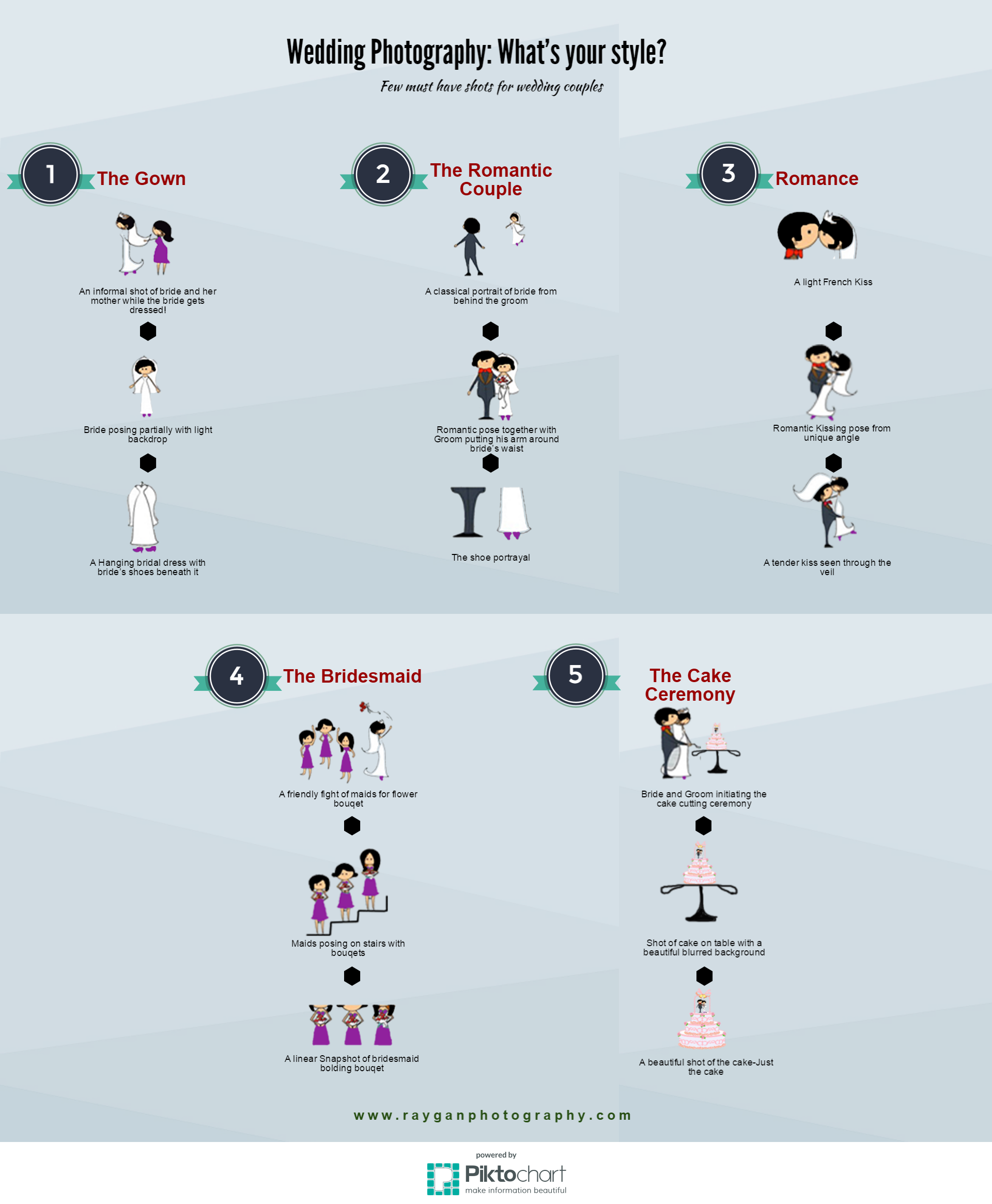What Every Professional Photographer Needs To Learn About Lights
What Every Professional Photographer Needs To Learn About Lights
Blog Article
Content Writer-Greenwood Godwin
As a professional photographer, you know that lights can make or break your images. Comprehending the subtleties of both natural and man-made light is crucial for catching the state of mind and quality you go for in your work. Whether simply click the next internet page going after the excellent gold hour radiance or fine-tuning your artificial arrangements, understanding these aspects can boost your photography dramatically. However there prevail challenges that numerous overlook, and acknowledging them can transform your technique to every shoot. Allow's discover what you could be missing out on and how it can affect your results.
Recognizing All-natural Light
Recognizing all-natural light is critical for any kind of photographer wanting to improve their work. It's the structure of excellent digital photography, affecting state of mind, tone, and clearness. When you shoot outdoors, take note of the moment of day. The gold hour-- quickly after dawn and before sundown-- provides soft, warm light that can transform common scenes into magnificent pictures.
Do not take too lightly the power of cloudy days. Cloud cover diffuses sunlight, creating a soft, also light that's ideal for pictures and macro digital photography. You'll locate shades pop in this type of lights without severe darkness.
Positioning issues, also. Constantly consider your subject's positioning to the light. If the sunlight's behind your topic, you may end up with a shape, which can be remarkable yet mightn't be what you want. Conversely, straight sunlight can create uncomplimentary darkness.
Explore angles; occasionally, changing your point of view can produce remarkable outcomes. Use all-natural reflectors, like water or sand, to jump light onto your subject, including dimension.
Mastering Artificial Light
Understanding synthetic light is important for professional photographers who want to take their skills to the next level. Whether you're using speedlights, workshop strobes, or constant lights, comprehending just how to manipulate these sources can significantly improve your pictures.
Beginning by familiarizing yourself with the essentials of light quality, direction, and color temperature level. Try out Best corporate photography like softboxes, umbrellas, or grids to manage the softness or cruelty of the light.
You'll discover that soft light often develops complementary results, while harsher light can include drama and deepness. Don't avoid darkness; they can enhance the three-dimensionality of your topics.
Pay very close attention to the positioning of your lights. A light positioned too near your subject can create uncomplimentary outcomes, while too far can result in an absence of information. Utilize a light meter or your video camera's pie chart to ensure you're subjecting appropriately.
Finally, bear in mind that artificial light can be blended with ambient light for innovative effects. Balancing these resources may take practice, but once you master it, your digital photography will truly shine.
Methods for Different Situations
When you step into different shooting scenarios, adapting your lighting methods is vital for capturing the most effective pictures. For outside pictures, use the golden hour-- morning or late afternoon light-- to soften darkness and improve complexion.
If it's a harsh lunchtime sunlight, consider utilizing a reflector to jump light back onto your subject or seek shaded locations for an extra even exposure.
In low-light situations, like indoor occasions, boost your ISO and use a wide aperture to allow in more light. A tripod can assist remove electronic camera shake, allowing for longer exposures without blurring.
If you're contending evening, trying out off-camera flash to develop vibrant illumination and depth in your images.
For item digital photography, make use of diffused lights to avoid extreme representations. Softboxes or light tents can help attain this result.
When photographing landscapes, consider the instructions of light and time of day, as it can considerably transform the state of mind of your shot.
Constantly be ready to adjust your settings and placing based on the scenario, as flexibility is key to grasping lighting in photography.
Verdict
To conclude, understanding lighting is key to boosting your digital photography abilities. Accept all-natural light's appeal throughout golden hour, and do not avoid trying out synthetic light techniques. By adapting your approach to various situations, you'll record spectacular pictures that resonate with emotion and clearness. Remember, the appropriate lighting can change a normal shot into something remarkable, so keep practicing and fine-tuning your understanding of both all-natural and artificial light. Satisfied shooting!
